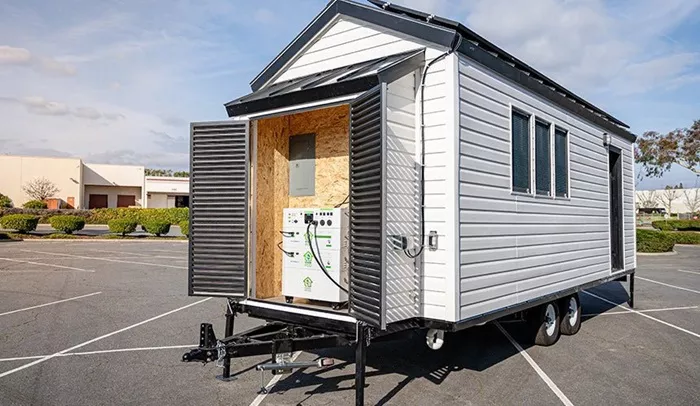Connecting a generator to your home breaker box is a practical way to ensure backup power during an outage. However, improper installation can lead to dangerous situations, including electrical fires, equipment damage, or even electrocution. This guide provides a step-by-step, professional approach to safely connecting a generator to your home’s electrical system while adhering to electrical codes.
Understanding the Basics: Transfer Switches and Interlock Kits
Before connecting a generator to your breaker box, you must understand two critical safety components:
Transfer Switch
A transfer switch is a device that safely connects your generator to your home’s electrical panel. It prevents backfeeding, which occurs when generator power flows back into utility lines, posing a serious risk to utility workers.
Manual Transfer Switch: Requires you to manually switch between utility and generator power.
Automatic Transfer Switch (ATS): Automatically detects a power outage and switches to generator power.
Interlock Kit
An interlock kit is a mechanical device installed on your breaker panel that ensures the main breaker is turned off before the generator breaker is engaged. This is a cost-effective alternative to a transfer switch but still requires careful installation.
Step-by-Step Guide to Connecting a Generator to Your Breaker Box
Choose the Right Generator
Portable Generator: Best for temporary use; requires manual connection.
Standby Generator: Permanently installed; automatically powers the home during outages.
Ensure your generator’s wattage matches your home’s power needs. Calculate the total wattage of essential appliances (e.g., refrigerator, lights, sump pump) to determine the required generator size.
Install a Transfer Switch or Interlock Kit
Installing a Transfer Switch
Turn Off Main Power – Shut off the main breaker and verify power is off using a voltage tester.
Mount the Transfer Switch – Install near the main breaker panel.
Connect Wires – Run wires from the generator inlet box to the transfer switch. Follow the manufacturer’s wiring diagram.
Connect to Breaker Panel – Link the transfer switch to designated circuits (e.g., lights, outlets, HVAC).
Test the System – Start the generator and verify power flows correctly.
Installing an Interlock Kit
Check Compatibility – Ensure the interlock kit fits your breaker panel model.
Install the Kit – Follow manufacturer instructions to attach the sliding plate.
Add a Generator Breaker – Install a dedicated breaker for the generator feed.
Connect the Generator Inlet – Wire an outdoor power inlet to the new breaker.
Test the System – Turn off the main breaker, slide the interlock, and start the generator.
Use a Heavy-Duty Extension Cord (For Portable Generators)
If using a portable generator without a transfer switch:
- Use a 10-gauge or thicker extension cord rated for outdoor use.
- Plug appliances directly into the generator—never backfeed power through a wall outlet.
Follow Safety Precautions
Never overload the generator – Prioritize essential circuits.
Keep the generator outdoors – Prevent carbon monoxide poisoning.
Use GFCI protection – Reduces electrocution risks.
Follow local electrical codes – Permits may be required for permanent installations.
Common Mistakes to Avoid
Skipping the Transfer Switch/Interlock – Backfeeding is illegal and dangerous.
Using Undersized Wires – Can cause overheating and fires.
Ignoring Grounding Requirements – Proper grounding prevents shocks.
Conclusion
Connecting a generator to your home breaker box requires careful planning and adherence to safety standards. Whether using a transfer switch or interlock kit, always follow manufacturer instructions and consult a licensed electrician if unsure. Proper installation ensures reliable backup power while keeping your home and utility workers safe.
By following this guide, you can confidently set up a generator connection that meets electrical codes and provides peace of mind during power outages.

